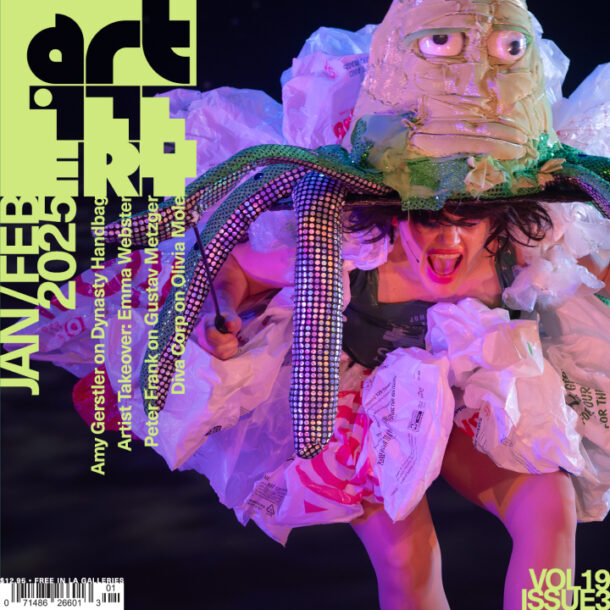In an unsurprising, though nonetheless upsetting, move, the National Endowment for the Arts (NEA) has rescinded funding for arts organizations across the United States. The decision follows the Trump administration’s publication of the 2026 Discretionary Budget Request, which proposed slashing—if not entirely cutting—federal funding for the NEA. Most grant recipients received emails over the weekend from an ambiguous “arts.gov” account announcing the termination of their grants as the government remodels its award process to ensure funding aligns with the President’s vision of projects that—as reported by NPR, which received copies of the email—“foster AI competency,” “empower houses of worship to serve communities,” “assist with disaster recovery,” and “make America healthy again.” However, actions and statements by the Trump administration seem at odds with these purportedly prioritized projects; since taking office Trump’s cut over $1 billion in research funding for the National Institute of Health, and in the last week, Trump fired Cameron Hamilton, head of the Federal Emergency Management Agency, which oversees emergency disaster efforts.
Looking at the vast array of organizations whose funding has been cut, and in light of his self-appointment as chairman of the Kennedy Center for the Performing Arts, this could be a means to further Trump’s involvement in the arts and culture landscape and bend it to reflect his narrative. At the time of writing, over 330 organizations have self-reported that their NEA funding has been cut. No mission or medium has gone unaffected: NPR revealed it lost two grants amounting to $65,000; literary magazine n+1 lost $12,500 to cover staff and contributors; Art21 reported an $85,000 loss meant to fund a public television series on 21st-century art; and numerous state organizations are facing financial setbacks.
The Los Angeles community hasn’t gone untouched. Last week, Visual Communications Media, an organization formed in 1970 to “develop and support the voices of Asian American and Pacific Islander filmmakers and media artists,” held its 41st Los Angeles Asian Pacific Film Festival, a weeklong affair featuring in-person and virtual programming. On the second day of the festival, shared Executive Director Francis Cullado, the organization was informed via email that the $25,000 provided by the NEA and designated for the festival was cancelled. The show had to go on, and while the loss didn’t directly impact their programming, it will impact how they pay their staff, vendors, and artists.
Clockshop, an interdisciplinary non-profit that conducts programming and commissions to encourage engagement with Los Angeles’s natural landscape, also lost $100,000 in grant funding. Not only did they lose an NEA “Our Town” grant that funds the majority of their regular programming, but they also lost a 3-year Institute of Museum and Library Services (IMLS) grant 17 months before it was set to end. The IMLS grant was earmarked for “Take Me To Your River,” an oral history project and youth community program. According to Executive Director Sue Bell Yank, they had planned to apply for a second IMLS grant in the Fall that would allow for a phase two of the project. Having received past NEA funding for their work, they’re now looking for creative ways to sustain their programming and challenge the broader community to act. This includes plans to travel to Sacramento to speak on how arts funding is “critical to the survival of our arts system in Los Angeles.”
In light of the massive cuts, which come after a less-than-banner year for both the public and private art scene, organizations like the Helen Frankenthaler and Andy Warhol foundations have stepped up to provide some financial relief. The two organizations have announced a joint $800,000 pool to support arts and culture programs. Similarly, the Mellon Foundation announced $15 million for humanities councils, filling in the gap left by the National Endowment for the Humanities, which supported museums, public institutions, and events.
Museums, publications, and organizations are integral to a thriving art scene. They are often some of the first, and at times only, points of access to the arts in a single community. These organizations function as much-desired third spaces filled with conversations on creative histories and practices. In this moment, speaking up and showing up are as important as donating. “Become an arts advocate and follow the action alerts of Californians for the Arts and Arts for LA,” says Yank in an email to Artillery. “Let your elected representatives know how important it is to restore federal art funding and increase it at the state and local levels,” she added. Without doing so, organizations like Visual Communications Media, Clockshop, and their peers could slowly disappear, leaving glaring holes in arts communities like Los Angeles that may never reappear.


